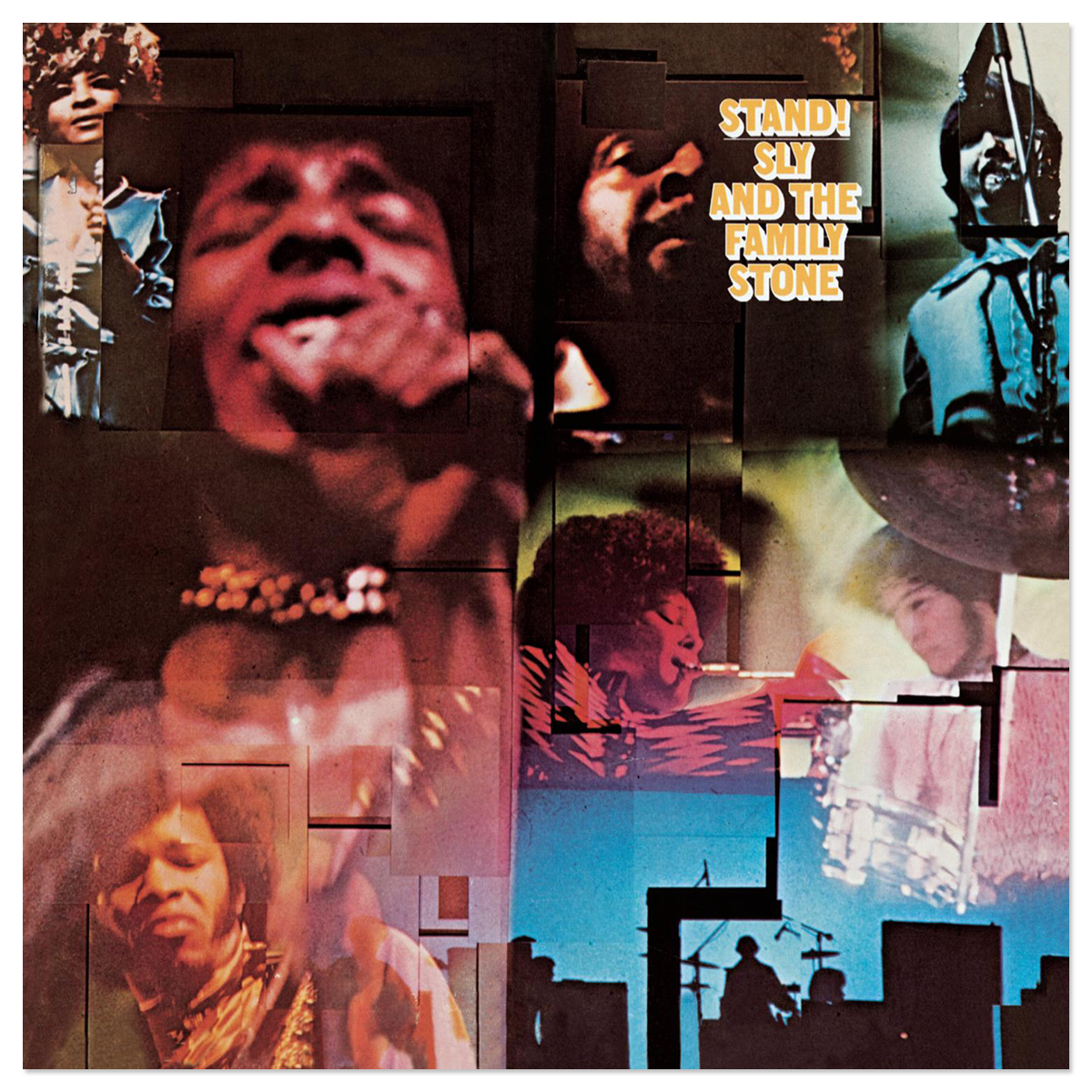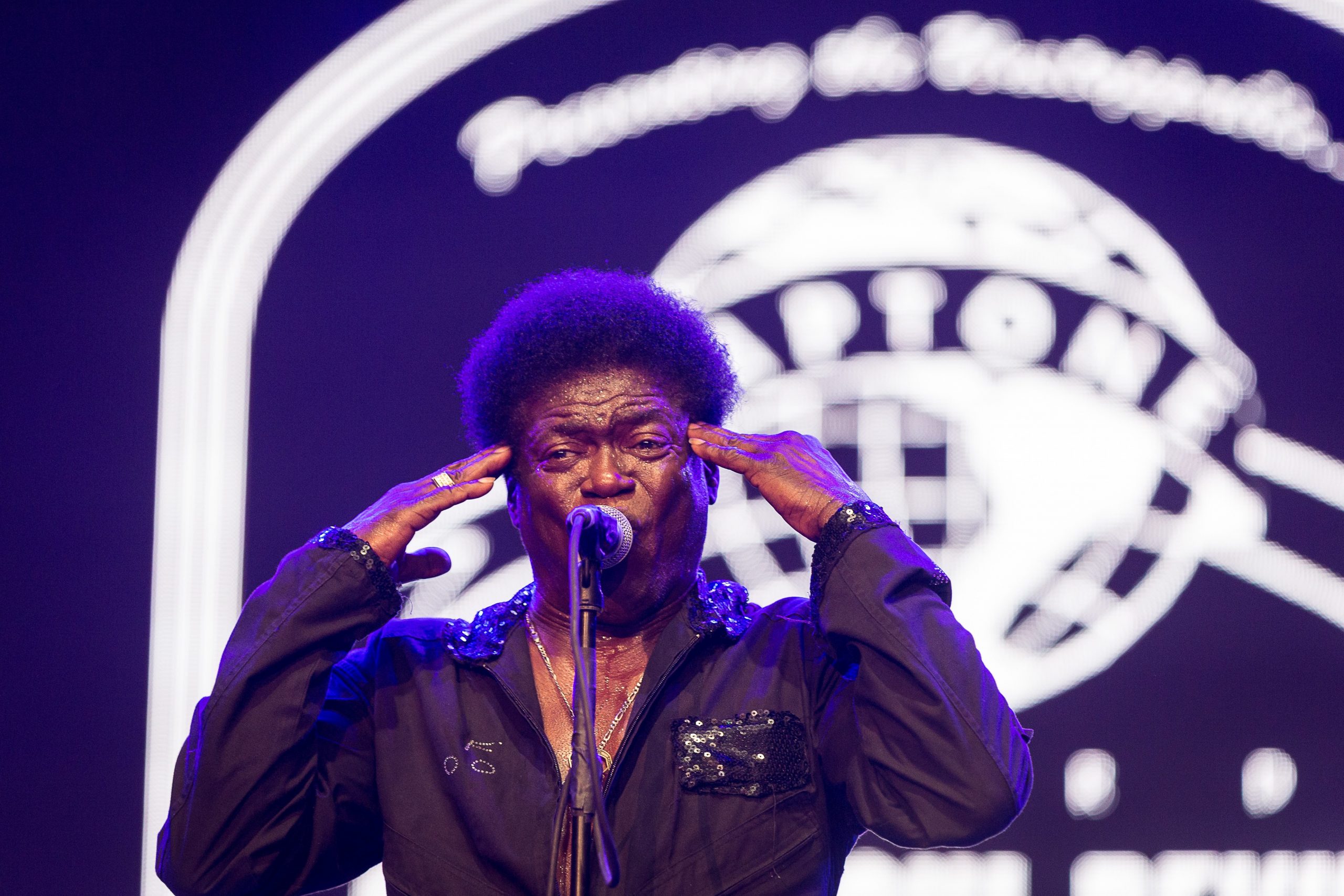There are probably more complicated and uncomfortable situations where fans have to separate the art they like from the unlikable artist who created it -- but not many that feel as recently omnipresent and tortured as Morrissey. As much of a non-fan as I admit to being, there's at least something worth acknowledging in the fact that he's done a lot to therapeutically chronicle and give voice to a certain sort of young dramatic angst, both with the Smiths and as a solo act.
That might be why it's such a cringefest to see him pop up again and again in the news as a pullquote who winds up saying or doing something spectacularly tone-deaf -- like his "extreme rabbit" statement on the Manchester bombing, his insinuations that mainstream news outlets were unfair to Marine Le Pen, or his clumsy appropriation of James Baldwin's image for his merch. Being into an artist who sounds like he understands you can't be easy when he keeps saying things that make it seem like he doesn't understand anyone else.
So: What are the options if the thing you're looking for is Morrissey Without Morrissey, and just what do you get in return? A lot of it is contingent on the song, and "There Is A Light That Never Goes Out" is probably the best one to examine here: It's written with the apprehensive hope of youth not yet ground into cynicism, where the chance to go out and find something more alive than the self-pity that's keeping you paralyzed is such a revelation that even the anxiety-laden worst-case scenario of getting annihilated in a fatal car accident seems like a decent trade-off if it's alongside someone who actually gets you. It soundtracked a memorable scene in 500 Days Of Summer and has become something of a latter-day standard. It's maybe the most relatable sentiment from a wildly polarizing figure, so it's not surprising it was easy to adapt elsewhere. Here are a handful of those adaptations, successful and otherwise.
Mikel Erentxun (1992)
A lot has been said about the unexpected connections to Morrissey's music that have been made in the Mexican-American community, complete with Latino tribute bands like Mexrrissey. But as far as high-profile covers of "There Is A Light" go, the most well-known Spanish language version actually comes from Spain. "Esta Luz Nunca Se Apagara," by San Sebastian singer Mikel Erentxun, might also be the most controversial version in this list (with one obvious exception), because the translation isn't word-for-word. The YouTube comments for this video are flooded with people complaining in both English and Spanish that the original meaning of the song wound up bastardized. And even through a Babelfishy filter, it's clear some of the original meaning is lost -- no car crash, no social anxiety, just one nervous plea for love with all the romantic doubt but none of the dark wit.
The Divine Comedy (1996)
Part of the appeal of "There Is A Light That Never Goes Out" is the juxtaposition of nerves and excitement merging into hope, and Johnny Marr's upbeat riffing -- the Velvet Underground via the Rolling Stones via Marvin Gaye -- is one of the things keeping that excitement level going. Slowing it all down might be an obvious choice to attempt to instill a bit more moody dramaturgy into the proceedings, but that's just a good way to threaten upending the song's whole balance. Still, Neil Hannon's orchestral pop group the Divine Comedy provided a high point for the 1996 compilation The Smiths Is Dead, a fittingly titled collection of genre-warping takes that included the Trash Can Sinatras going minimalist lounge-soul on "I Know It's Over" and Therapy?'s grungy lurch through "Vicar in a Tutu." Though it doesn't fit the spirit of Marr's guitar, it does justice and then some to one of his other compositional ideas: Morrissey reportedly disliked the idea of using a synthesizer to emulate the string section for the chorus in the original, but the way the orchestral crests on this version sweep in practically justify them retroactively.
Braid (1997)
And now we come to the Emo Problem. Braid's version was originally released as the pseudo-title track of a 1997 compilation before being reissued as part of the covers-backloaded post-breakup collection Movie Music Vol. Two in 2000. And it takes everything uneasy and jittery about one generation's youthful self-aware/self-destructive love nerves and shoehorns it into another's. Which means post-hardcore riff-churn and vocals that decide the best part to switch from simpering mumble to screaming yawp is when the verse goes from "double-decker bus" to "crashes into us." Maybe Manchester should have this to answer for while we're at it.
Schneider TM & KPT.Michi.Gan (2000)
If Moz disliked synths, he absolutely loathed dance music -- in a 1992 interview with Details, he called rave "the refuge for the mentally deficient... made by dull people for dull people." But sometimes, the DJ hangs you: Producer Schneider TM teamed up with KPT.Michi.Gan to create a glitchy but melodic version that proved to be not only one of the most well-regarded covers of its time but one of the best songs to emerge from Germany's minimalist electronic wave of the late '90s/early '00s. There's more than one way to foreground the loneliness at the heart of this song, and filtering those vocal melodies through a wistful android buzz as the arrangement's reduced to a fidgety anticipation is an ingenious one.
Joseph Arthur (2005)
This track's another Various Artists tribute-album selection -- the Starbucks Sweetheart series, an occasional Valentine's Day offering from the coffee chain that put some money into indie favorites' pockets while simultaneously reinforcing a canon that put the Smiths on the same turf as Bob Dylan and Cat Stevens. That's probably a more cynical way of putting it than any album that gives us a Neko Case "Buckets Of Rain" deserves, so let's at least acknowledge what Joseph Arthur pulls here: If there's anything specifically British about "There Is A Light," Joseph Arthur rips it out with a crowbar and patches the whole thing back together with Americana. Does it work? Well, I don't know of anyone who likes the Smiths but wishes they sounded more twangy. Still, that reverb's really something, huh?
Noel Gallagher (2007)
The Gallagher brothers belong to a corner of the music world raised on the idea that being a wiseass in the press was just as important as actually writing songs worth reading about. That's a domain that Moz rules with an iron scowl, and maybe the main reason (besides a nostalgia-stoking legacy) that people still talk about these peaked-ages-ago musicians -- even as Manchester peers like New Order and the Chemical Brothers have done the less clickbaity work of actually releasing good music this decade. Anyways, Noel covered "There Is A Light" as part of a set recorded during a benefit for the Teenage Cancer Trust, so there are definitely worse ways to stay noticed than "give money to help stop people dying young," something that it seems like Morrissey would typically scoff at while muttering about how it's no big deal in comparison to all the animals people eat every day. That's not the only thing at odds with the Morrissey approach -- the acoustic/orchestral arrangement feels a bit more po-faced than the original might have intended -- but all's fair between drinking buddies.
Dum Dum Girls (2011)
The Smiths are known for subverting the masculine tropes of rock, so it's both a surprise that they haven't been covered by more women-fronted acts and unsurprising that the most lively sounding and spirited-yet-irreverent version of "There Is A Light" is by the Dum Dum Girls. The band's 2011 LP, He Gets Me High, was an effort to expand on the girl-group-goes-garage-rock vibes of debut I Will Be, and the Girls' demi-shoegaze roar (get a load of those keening guitars subbing for the strings) is a great way to up the intensity of the original while giving Dee Dee's voice a good foil to let its nuanced melodic power unfold inside.
Miley Cyrus (2014)
I know Moz has this tendency to go around insulting people, but I don't know and/or can't find any information on what he might have said about Miley Cyrus that drove her to retaliate like this. "There Is A Light That Never Goes Out" became a temporary fixture of her setlist during her 2014 Bangerz Tour, and it's bewildering as all hell whether it's an attempt for Miley to aim for indie cred or just a sincere attempt to show appreciation for the kind of song her career path might have kept her from otherwise paying appropriate homage to. In the end, her version gets the Smiths about as well as List Of The Lost gets feminine sexuality.






